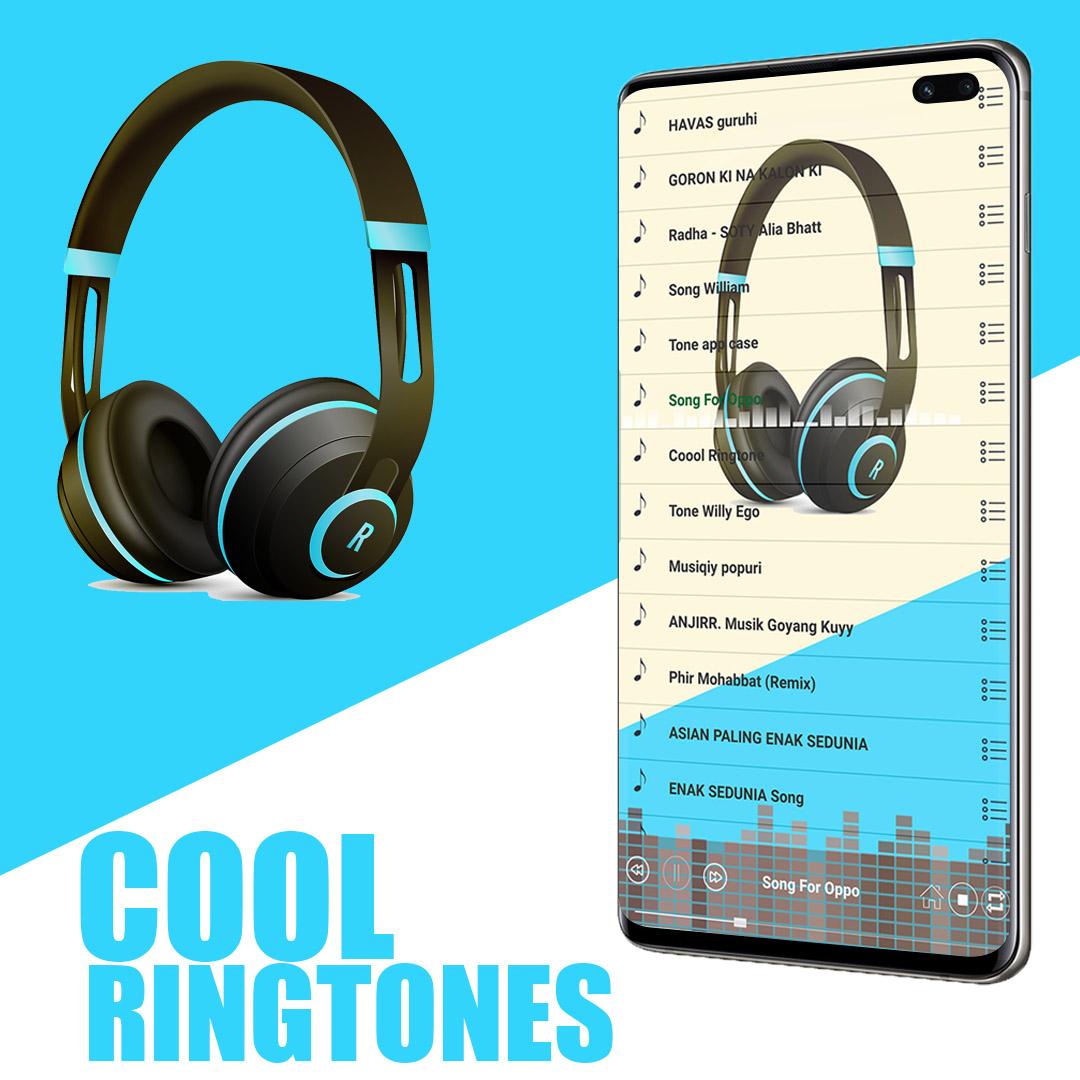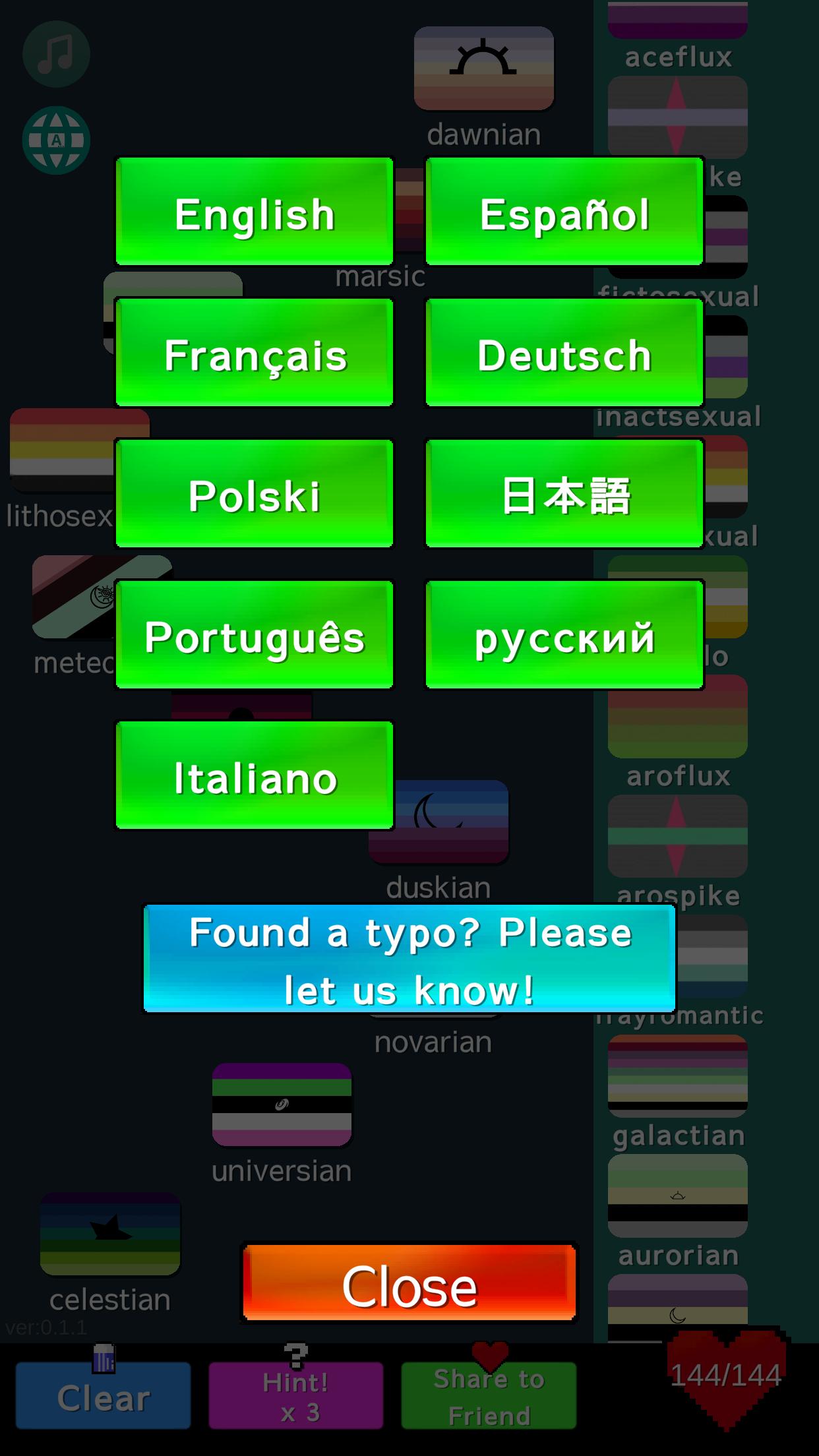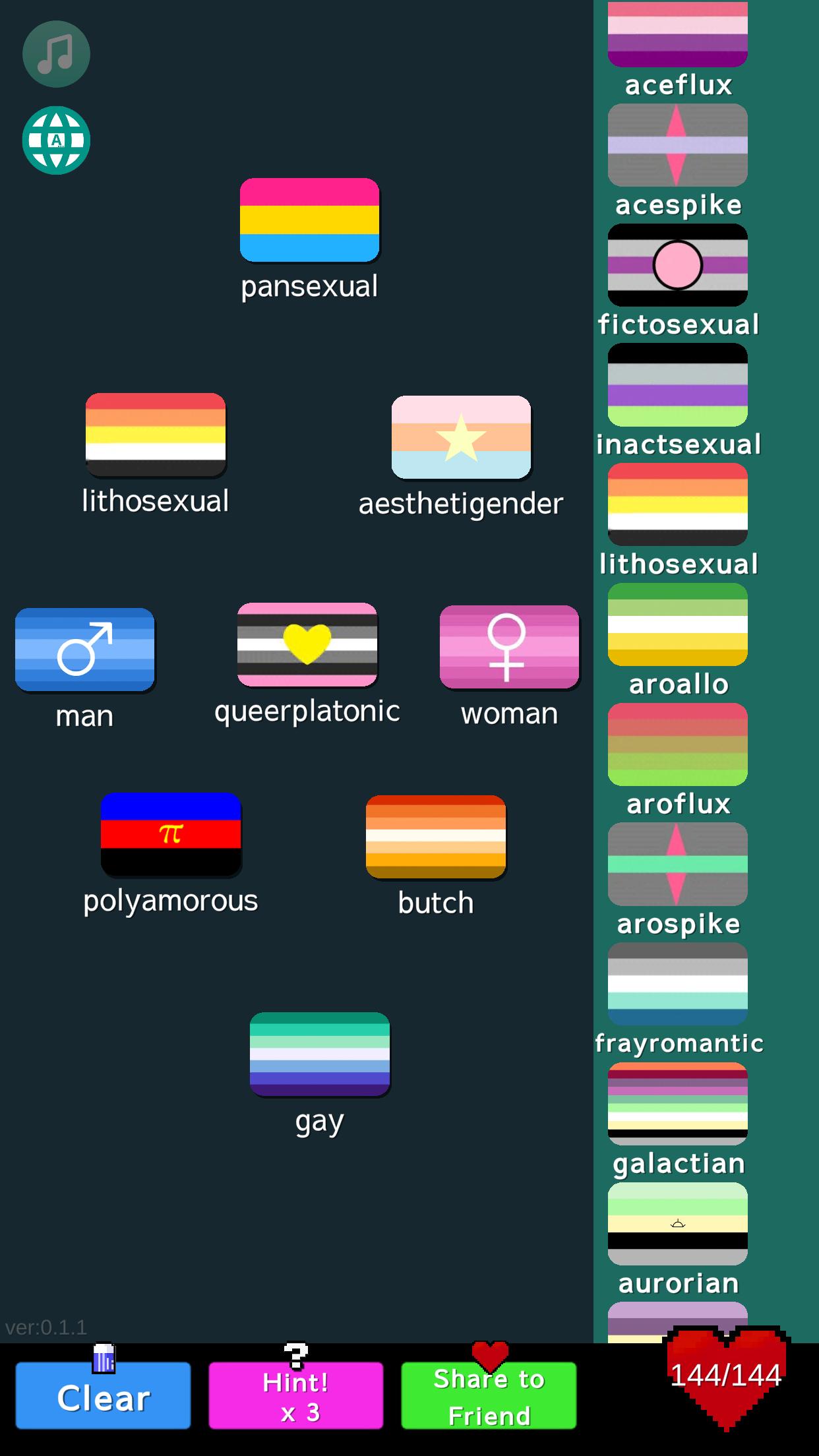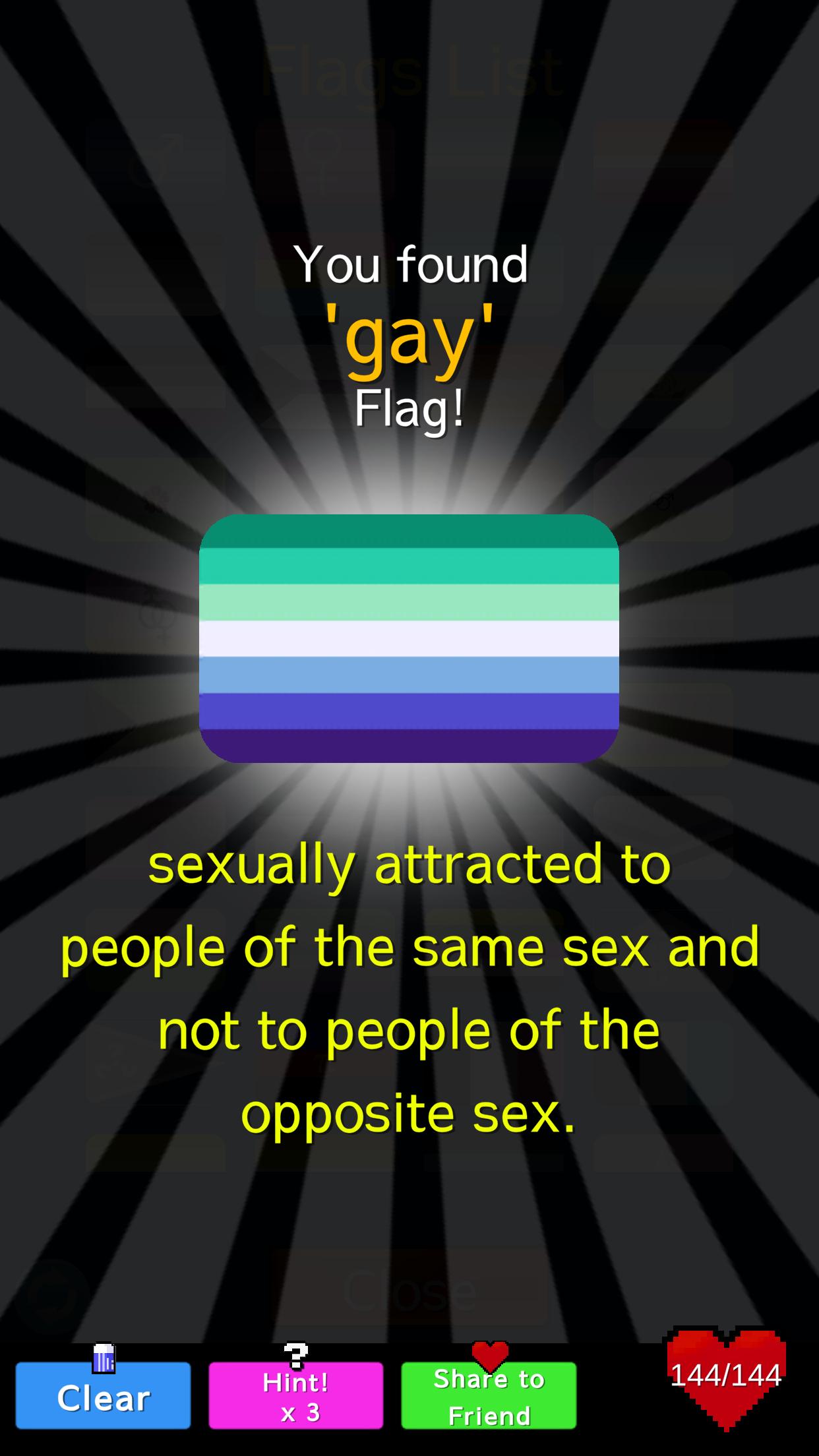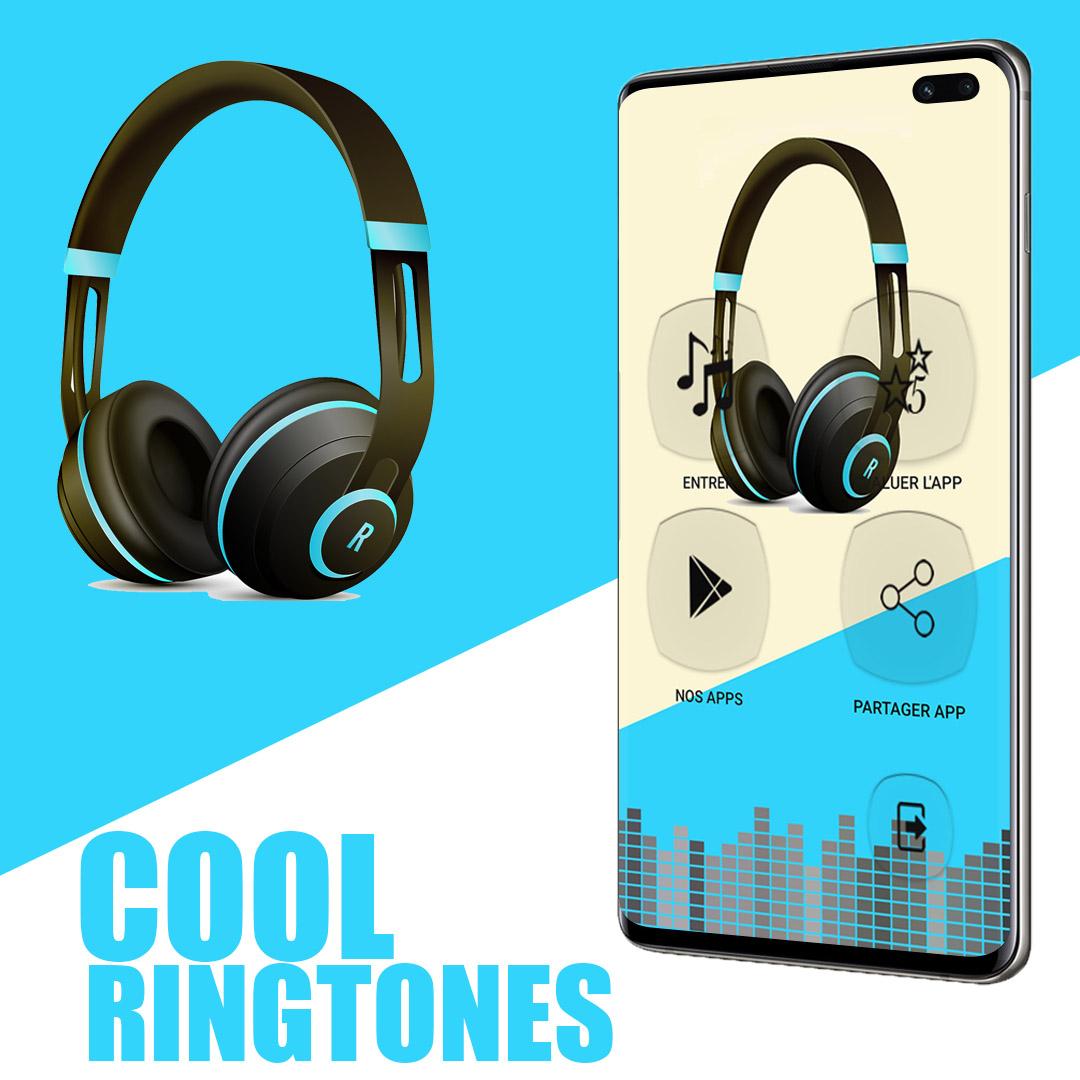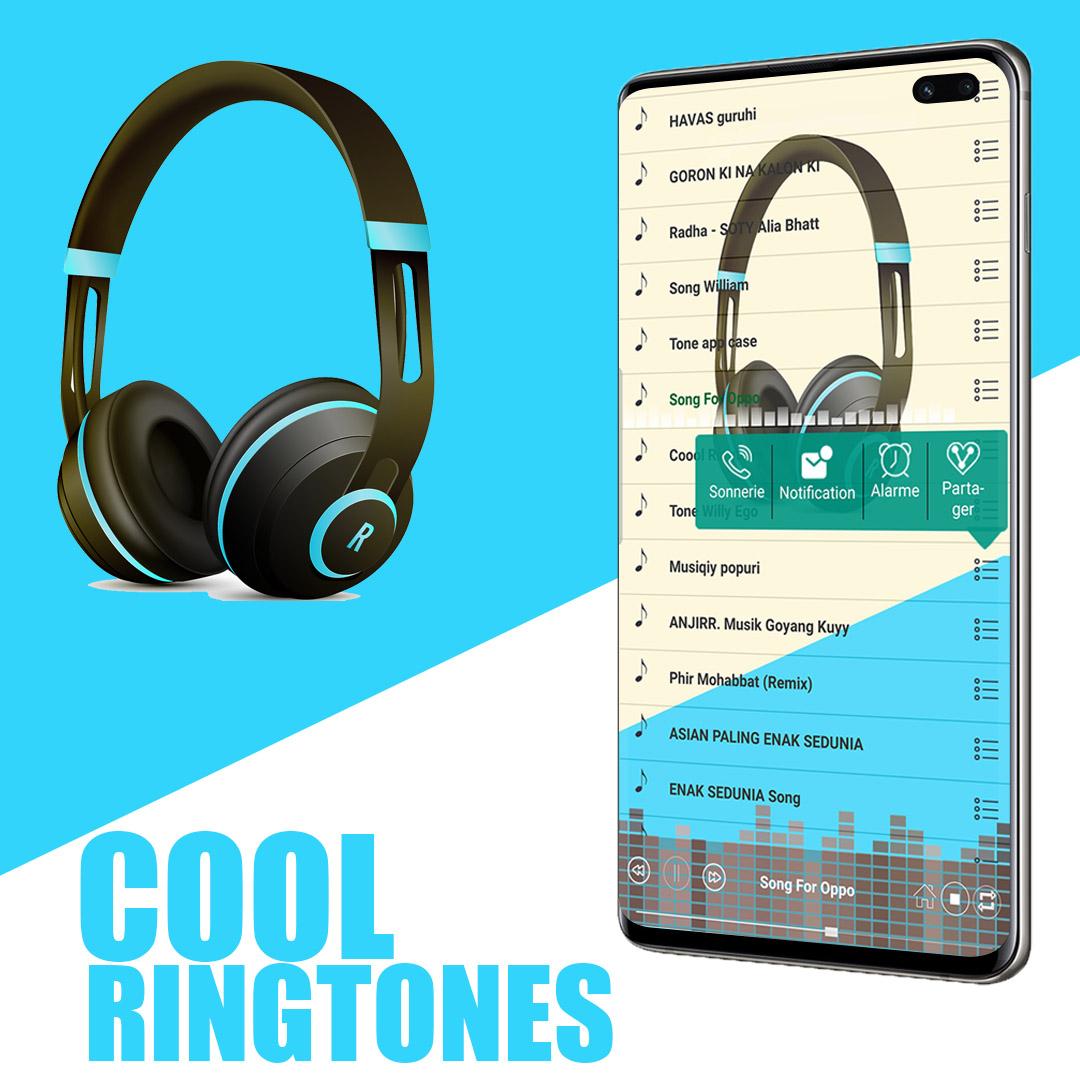LGBT Flags Merge!
About LGBT Flags Merge!
The Ultimate Guide to LGBT Flags: Discovering the Diversity of Pride
Introduction
Are you curious about the vibrant world of LGBT flags? Do you want to learn more about the different types of pride flags that exist? Look no further! In this comprehensive guide, we will delve into the rich symbolism behind these flags and explore the significance they hold for the LGBT community. Whether you’re a member of the community or an ally, this article will provide you with a deeper understanding of the diverse range of identities and experiences within the LGBT community.
1. What are LGBT Flags?
LGBT flags are powerful symbols that represent different identities within the lesbian, gay, bisexual, and transgender community. These flags serve as visual representations of various sexual orientations, gender identities, and gender expressions. Each flag is designed with specific colors and patterns, symbolizing the unique experiences and struggles faced by different individuals within the LGBT community.
1.1 Why are LGBT Flags Important?
LGBT flags play a crucial role in fostering a sense of pride, unity, and visibility within the community. They provide individuals with a visual way to express their identities and celebrate their diverse experiences. These flags also serve as a means of recognition and solidarity, allowing individuals to connect with others who share similar experiences. Moreover, LGBT flags have become powerful symbols of resistance against discrimination and a way to challenge societal norms.
2. Exploring Different Types of LGBT Flags
Now, let’s dive into the world of LGBT flags and explore the meaning behind some of the most iconic and widely recognized flags.
2.1 The Rainbow Flag
The Rainbow Flag, also known as the Pride Flag, is perhaps the most well-known and widely recognized symbol of the LGBT community. Designed by Gilbert Baker in 1978, the flag originally consisted of eight colors, each representing a different aspect of the community. Over time, the flag evolved to its current form, featuring six colors: red, orange, yellow, green, blue, and violet. Each color carries its own significance, with red symbolizing life, orange representing healing, yellow representing sunlight, green symbolizing nature, blue representing harmony, and violet symbolizing spirit.
2.2 The Transgender Pride Flag
Designed by Monica Helms in 1999, the Transgender Pride Flag consists of five horizontal stripes: two light blue, two light pink, and one white stripe in the center. The light blue stripes represent traditional boy colors, while the light pink stripes represent traditional girl colors. The white stripe symbolizes those who are transitioning or identify as having a neutral or undefined gender.
2.3 The Bisexual Pride Flag
The Bisexual Pride Flag, designed by Michael Page in 1998, features three horizontal stripes. The top stripe is pink, symbolizing same-sex attraction, the bottom stripe is blue, symbolizing opposite-sex attraction, and the middle stripe is purple, representing the blending of both attractions. This flag aims to promote visibility and acceptance of individuals who identify as bisexual.
2.4 The Pansexual Pride Flag
The Pansexual Pride Flag was created by the online community in 2010 and features three horizontal stripes. The top stripe is pink, representing attraction to people of all genders, the middle stripe is yellow, symbolizing non-binary or genderqueer attraction, and the bottom stripe is blue, representing attraction to male-identified individuals.
2.5 The Asexual Pride Flag
The Asexual Pride Flag, designed by AVEN (Asexual Visibility and Education Network), consists of four horizontal stripes. The top stripe is black, symbolizing asexuality, the second stripe is gray, representing gray-asexuality and demisexuality, the third stripe is white, symbolizing allies and the community, and the bottom stripe is purple, representing community.
2.6 The Non-Binary Pride Flag
The Non-Binary Pride Flag, created by Kye Rowan in 2014, consists of four horizontal stripes. The top stripe is yellow, representing those whose gender exists outside of the binary, the second stripe is white, symbolizing those with many genders, the third stripe is purple, representing a combination of genders, and the bottom stripe is black, symbolizing those who identify as without gender.
2.7 The Genderqueer Pride Flag
The Genderqueer Pride Flag, designed by Marilyn Roxie in 2011, features three stripes. The top stripe is lavender, representing androgyny or queerness, the middle stripe is white, symbolizing agender or gender neutrality, and the bottom stripe is dark chartreuse green, representing those who identify outside the gender binary.
3. Conclusion
In conclusion, LGBT flags are powerful symbols that represent the diverse identities within the lesbian, gay, bisexual, and transgender community. Each flag carries its own unique meaning and symbolism, providing individuals with a visual representation of their identities and fostering a sense of pride and unity. By understanding and respecting these flags, we can create a more inclusive and accepting society for all. So, let’s celebrate the beauty and diversity of the LGBT community, one flag at a time!
For more information, feel free to reach out to us at [email protected] or visit our website at https://vkgamesblog.blogspot.com.

